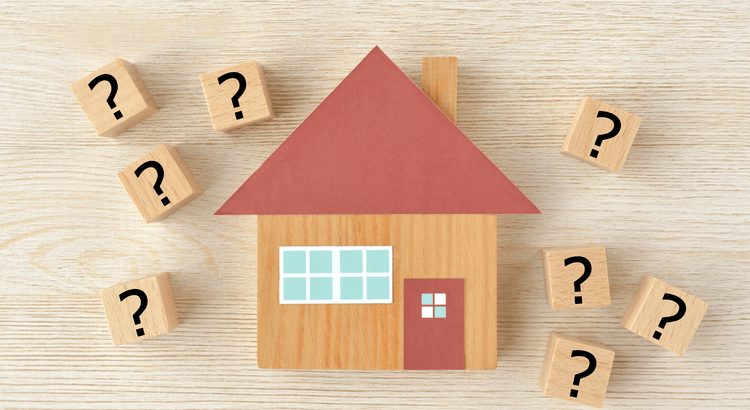You may have seen headlines claiming new home inventory is at its highest level since 2008—and if you remember the crash, that can feel alarming. But the reality is more nuanced. While new construction has increased, it’s only one part of the overall housing picture. When you combine new homes with existing home inventory, today’s total supply looks very different from the surplus that triggered the last housing crash.
After the 2008 downturn, builders drastically slowed construction. For more than 15 years, underbuilding created a housing shortage that persists today. Even with recent growth in new construction, experts at Realtor.com estimate it would take roughly 7.5 years of consistent building to fully close the gap. That means today’s inventory increases do not signal a repeat of 2008.
Of course, supply and demand vary by region. Some markets may have more homes available than others, and local conditions can shift faster than national averages. The key takeaway is that rising new home inventory alone does not indicate a crash—it simply reflects gradual recovery and efforts to meet long-term housing needs.
If you’re curious about your local market or what new construction means for your area, connect with a knowledgeable local real estate agent. Understanding supply trends in your neighborhood can help you make informed decisions whether you’re buying, selling, or planning for the future.


 Facebook
Facebook
 X
X
 Pinterest
Pinterest
 Copy Link
Copy Link




